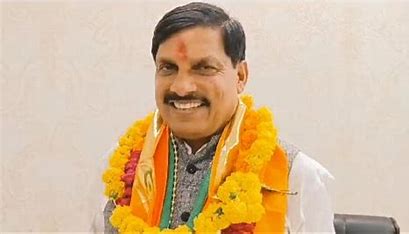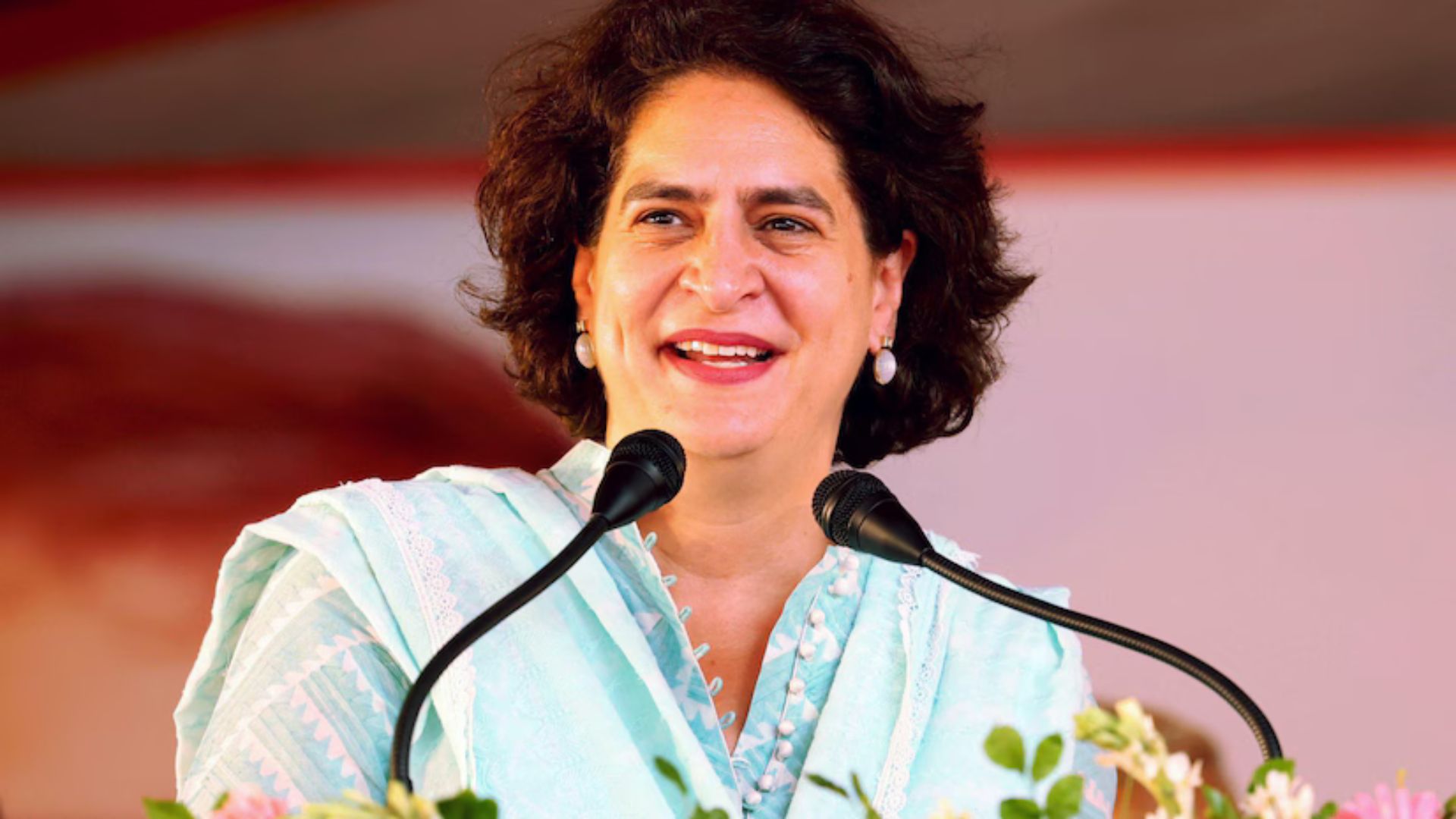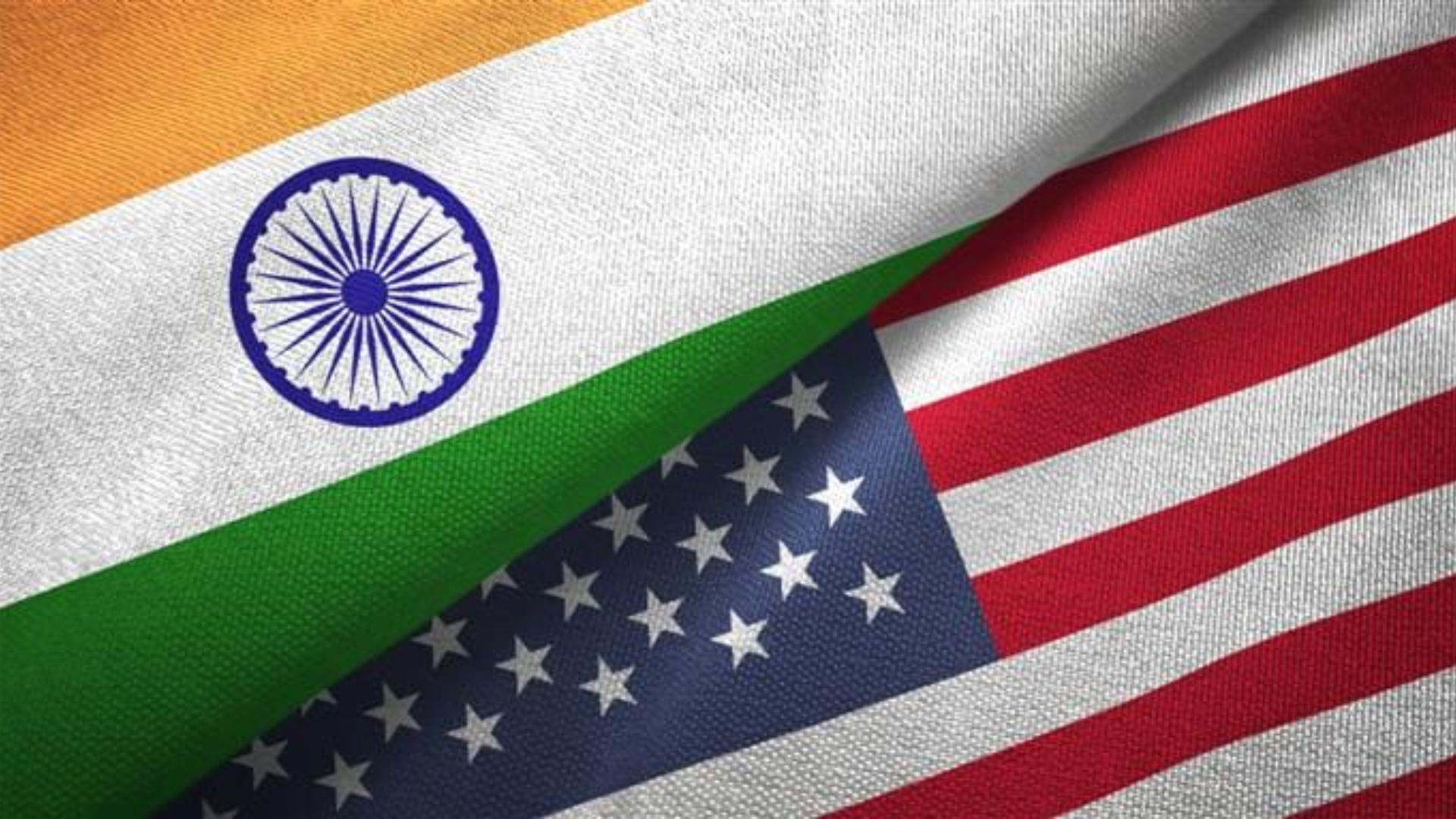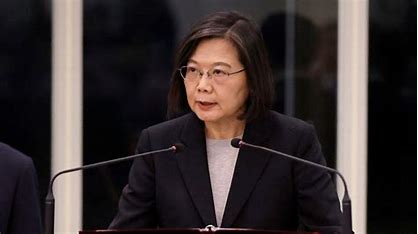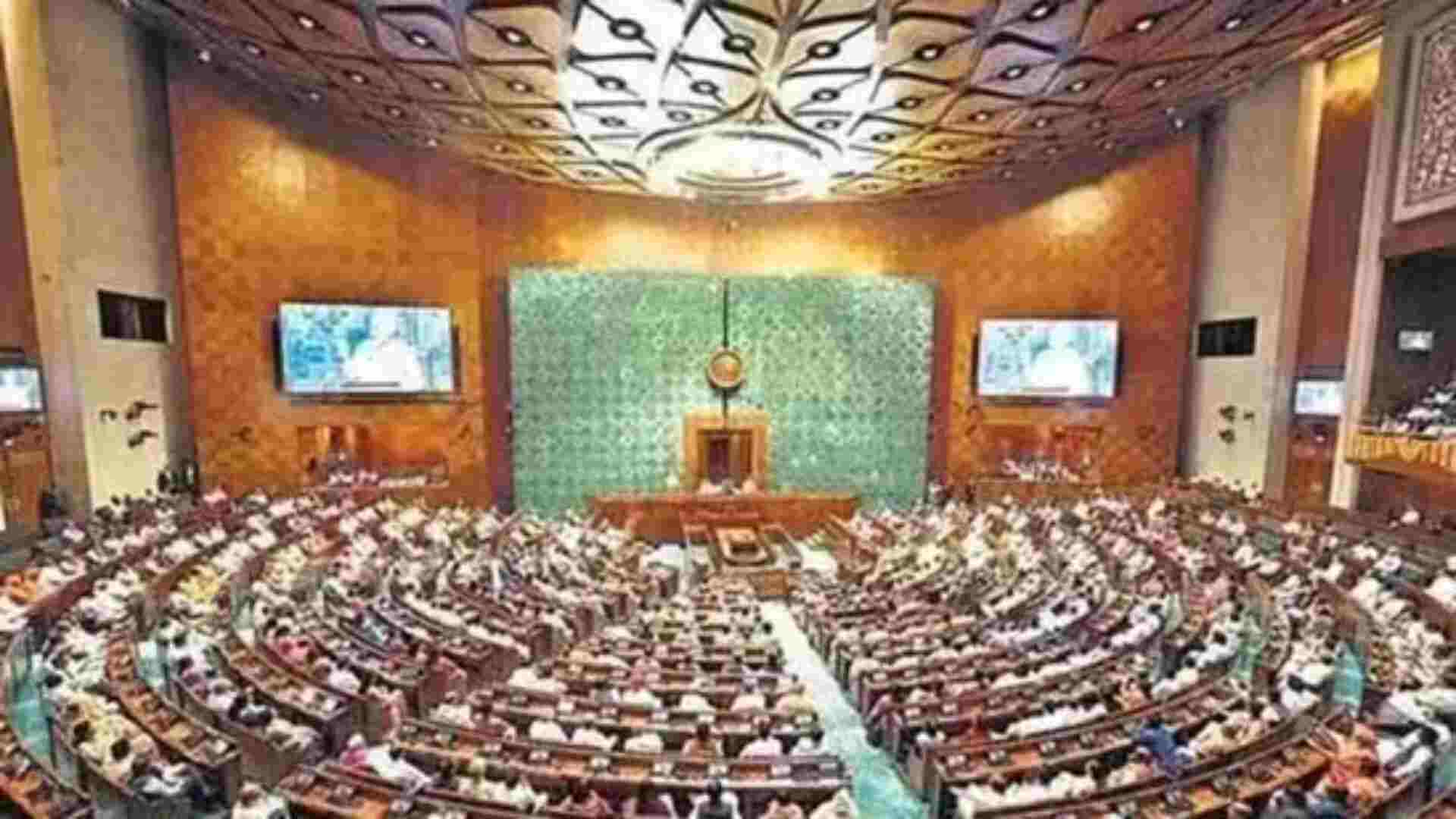
“Sit idle no more, go get education.”
— Savitribai Phule
The Union Cabinet cleared the proposal to raise the minimum age of marriage for women from 18 to 21 on December 15, a year after Prime Minister Narendra Modi indicated the measure was under review. Following the Cabinet’s approval, the Government will introduce an amendment to the Prohibition of Child Marriage Act, 2006, and consequently bring amendments to the Special Marriage Act, 1954 and personal laws such as the Hindu Marriage Act, 1955.


BACKGROUND
The notion was mentioned by Prime Minister during his Independence Day speech last year ie. 2021. It is based on recommendations made by the Centre’s task force, led by Jaya Jaitly, to Niti Aayog in December 2020. The task force was formed to look into “matters pertaining to the age of motherhood, imperatives of lowering MMR (Maternal Mortality Rate), improvement of nutritional levels, and related issues.” MMR of India for the period 2016-18, as per the latest report of the national Sample Registration system (SRS) data is 113/100,000 live births, declining by 17 points, from 130/ 100,000 live births in 2014-16.
The notion was never made for the purpose of population control. As the current Total Fertility Rate is dropping, and the population is under control, according to recent data from the NFHS 5 (National Family Health Survey). The concept underlying it was “empowerment of women” .
The task force, which was established by the Ministry of Women and Child Development in June 2020 and included Dr. V K Paul of Niti Aayog, Secretaries of the WCD, Health, and Education Ministries, as well as Secretaries of the Legislative Department, has recommended that a comprehensive public awareness campaign be devised to encourage social acceptance of the decision.
It has also advocated for girls’ access to schools and universities, as well as transportation to educational institutions in remote places. Sex education should also be formalized and included in the school curriculum, according to the group. Women’s education in polytechnic colleges, as well as skills and business training and livelihood enhancement, have all been suggested as ways to ensure that the marriageable age is raised.
Earlier in 2020, the Supreme Court had admitted a plea seeking uniform age of marriage for women and men. It had also admitted a plea challenging different ages under –
• Section 5(iii) of the Hindu Marriage Act, 1955
• Section 4(c) of the Special Marriage act, 1954
• Section 2(a) of the Prohibition of Child Marriage Act, 2006
• Section 60(1) of the Indian Christian Marriage Act, 1872
• Section 3(1)(c) of the Parsi Marriage and Divorce Act, 1936
Which prescribe 18 & 21 years as the eligible age for marriage for the bride and groom respectively. The petition had submitted that difference in age of marriage perpetuates gender inequality and stereotypes, and also violates various Constitutional rights embedded under Articles 14, 15, and 21 ie. Golden Triangle of Constitution. It has also elaborated that India’s International Human Rights obligations under the provisions of the Convention on the Elimination of All Forms of Discrimination Against Women (“CEDAW”), which it ratified in 1993, inform the content of Articles 14, 15 and 21 of the Constitution which obliges state parties. The Law Commission has observed that there exists no scientific basis for such distinction and that differential limit “simply contributes to the stereotype that wives must be younger than their husbands”.
It is averred that differential limit is de facto unequal as between men-women. It aggravates social inequality, thereby breaching Articles 14,15,21. It is a social reality that women in a married relationship are expected to perform a subordinate role vis-à-vis the husband. Hence, there exists a power imbalance between the husband and wife in most marital relationships. This power imbalance is deeply aggravated by the age differential, because age itself constitutes a hierarchy of power, the plea states.
EXISTING PROVISION
Presently, for Hindus Sikhs, Jains and Buddhists, Section 5(iii) of the Hindu Marriage Act, 1955 sets 18 years as the minimum age of the bride and 21 years for the groom; in Islam, the personal laws lay down that the marriage of a minor who has attained puberty is considered to be of marriageable age. The Special Marriage Act, 1954 and the Prohibition of Child Marriage Act, 2006 also prescribe 18 and 21 years as the minimum age of consent for marriage for women and men, respectively.
HISTORY
In December 1964, the United Nations adopted the Convention on Consent to Marriage, Minimum Age for Marriage, and Marriage Registration, which went into effect. States Parties are obligated to -Specify a minimum age for marriage. Prohibit legal acceptance of any marriage without both parties’ complete and unrestricted consent. The ShardaAct, 1929, later called the Child Marriage Restraint Act (CMRA), 1929, was a statute in India that stipulated the minimum age for marriage. In 1978, the Sharda Act of 1929 was amended to raise the age of marriage for women from 15 to 18 years. It was the first law prohibiting child marriage, and it covered all of India except Jammu and Kashmir. It prohibited the marriage of girls below the age of 15 years and boys below the age of 18.
The law was changed in 1978 to make the minimum age for marriage 18 for girls and 21 for boys. Even in the current law, the Prohibition of Child Marriages Act (PCMA), 2006, which replaced the CMRA, this viewpoint remains unchanged. According to the law, a marriage between a guy aged 18-21 years and a girl under the age of 18 years was punishable by up to 15 days in prison and a fine of one thousand rupees.
These amendments played a vital role for women to obtain more opportunity to seek higher education and careers. The reduction of MMR as well as the enhancement of dietary levels are both essential. The entire problem of a girl’s age when she becomes a mother must be viewed in this way.
GIRL’S MARRIAGE
In India, 35% of females marry before they reach the age of 21. In some states, the situation is very critical. Surprisingly, West Bengal has the worst scenario of all the states, with a average marriage age of only 20.9 years and about 47 percent of females marrying before they turn 21, even distressing than Bihar and Rajasthan.
THE BENEFITS OF RISE IN MARRIAGEABLE AGE
Evidence suggests that delaying marriage benefits families, women, children, and society as a whole in terms of economic, social, and health benefits. While the risk of poor child health outcomes is lowest for women who give birth between the ages of 27 and 29, the best age for parenthood is between the ages of 21 and 35.
Nutritional improvements are being made. By raising the marriage age, the average marriage age will rise, resulting in more females completing their education and therefore enhancing the female labor force participation rate.
CONS OF INCREASING MARRIAGEABLE AGE
The term “minimum age” does not imply “required age.” It is critical that young girls are not pressured into marriage; marriage should not be a requirement for them to advance socially or economically. However, raising the minimum marriage age to 21 years will be counterproductive at times. If the marriage age is raised to 21, girls will have no say in their personal affairs until they reach the age of 21. Parents willutilized the law to prevent their daughters from eloping. It has evolved into a weapon for parental control and punishment of boys or men chosen as wives by girls.
IS THERE A GROWTH IN FEMALE INFANTICIDE?
Furthermore, in nations with a high son preference and high poverty, extending the female marriage age may have the unexpected consequence of increasing the occurrence of female infanticide and sex-selective abortion.
The notion was mentioned by Prime Minister during his Independence Day speech last year ie. 2021. It is based on recommendations made by the Centre’s task force, led by Jaya Jaitly, to Niti Aayog in December 2020. The task force was formed to look into “matters pertaining to the age of motherhood, imperatives of lowering MMR (Maternal Mortality Rate), improvement of nutritional levels, and related issues.” MMR of India for the period 2016-18, as per the latest report of the national Sample Registration system (SRS) data is 113/100,000 live births, declining by 17 points, from 130/ 100,000 live births in 2014-16.
